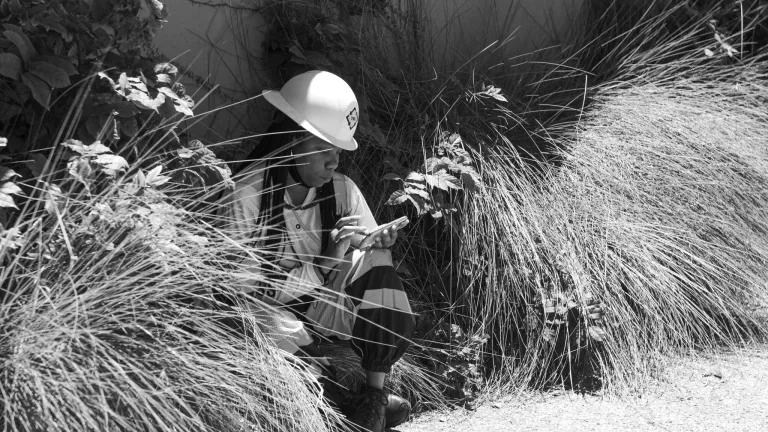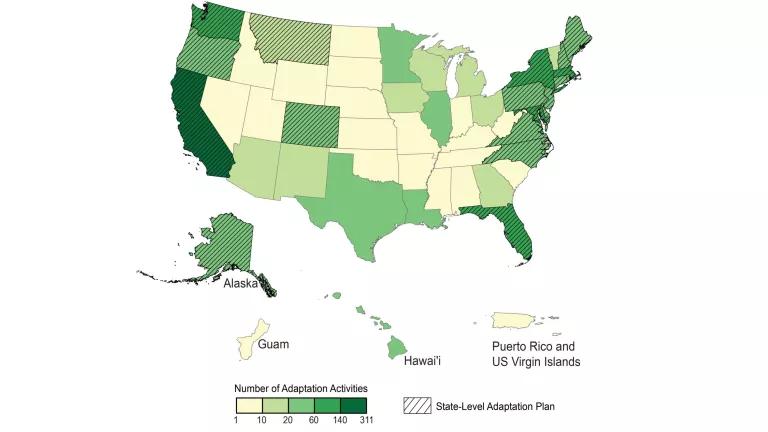
Most people head home from a day at the beach with nothing worse than a mild sunburn or an uncomfortable amount of sand in their clothing. But if coastal or lake water is contaminated with bacteria, toxic algae, chemicals, or sewage, beach-goers can end up with diarrhea, ear or skin infections, or other nasty illnesses—some of which could occur more frequently with climate change
Take the group of brackish and salt water bacteria called Vibrio, for example. Vibrio causes two different groups of illness: cholera, a diarrheal disease that affects 3-5 million people worldwide but is extremely rare in the U.S., and vibriosis, which sickens tens of thousands of Americans every year and kills about 100. There is evidence that most vibriosis cases go unreported and that the true number is actually closer to tens of thousands annually.
Exposures to Vibrio bacteria in recreational waters or from eating contaminated shellfish can cause intestinal illness (V. parahaemolyticus and V. cholerae), bloodstream infection through wounds (from V. vulnificus), or skin, eye and ear infections (V. alginolyticus). Otherwise healthy people typically experience symptoms like diarrhea and vomiting. People with compromised immune systems or open wounds, however, may end up with life-threatening skin or soft tissue infections—like this recreational fisherman in Florida and this vacationer in the Chesapeake Bay. Vibrio vulnificus can even cause bloodstream infections that are fatal about 50% of the time.
The climate change connection? Climate change is fueling increases in water temperature. A rise in the numbers of Vibrio infections has been linked to those higher ocean temperatures. In the United States, reported cases of foodborne Vibrio infections (a subset of total Vibrio infections) more than doubled between 1998 and 2012. The graphic below gives an idea of the rising incidence of vibriosis.
Health professionals in the U.S. have already seen a three-fold increase in vibriosis cases from 1996 to 2010. In fact, the authoritative Climate and Health Assessment released in April by more than 100 health experts finds that increasing sea surface temperatures will very likely lead to a longer Vibrio season and the expansion of Vibrio into new geographic areas. The chance of exposure to bacteria-laden water may also rise as sea level rise and strong storms flood our coastal communities more often. And as with other climate change-related health threats like air pollution, extreme heat, and food-borne illnesses, children, pregnant women, the elderly, and chronically ill people bear some of the highest risk of water-borne illnesses.
Let’s do everything in our power to maximize our kids’ enjoyment of summertime and outdoor play at the beach now—or 50 years from now. Climate change threatens human and environmental health in so many ways. But by taking steps to limit heat-trapping carbon pollution, we can limit the worst effects of climate change and create healthier, more secure communities.



